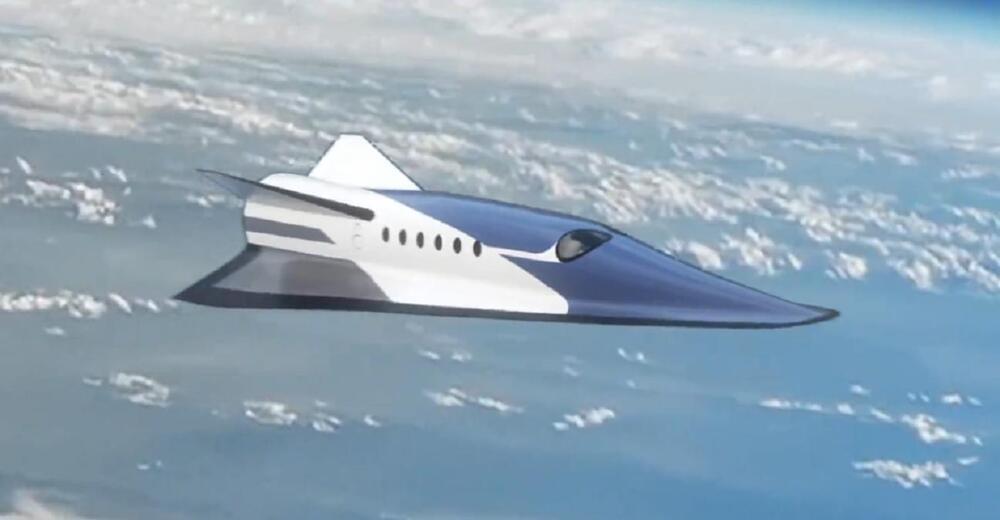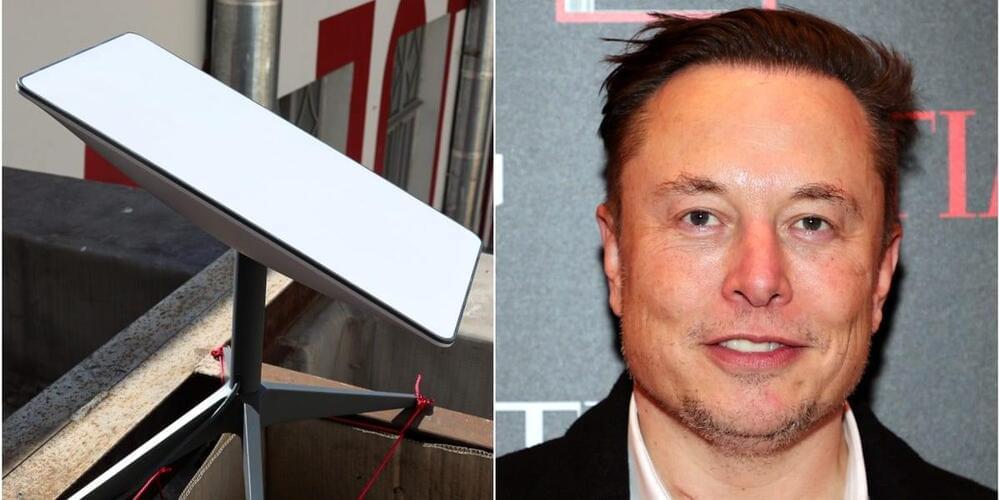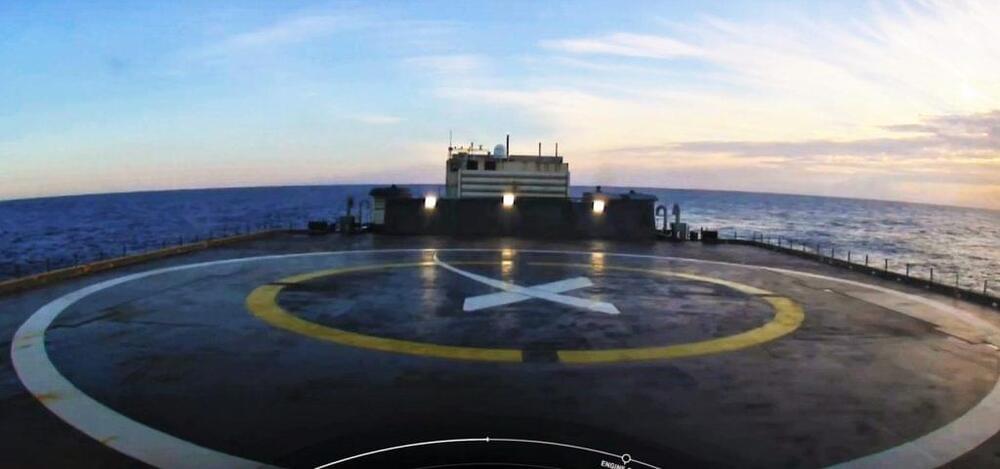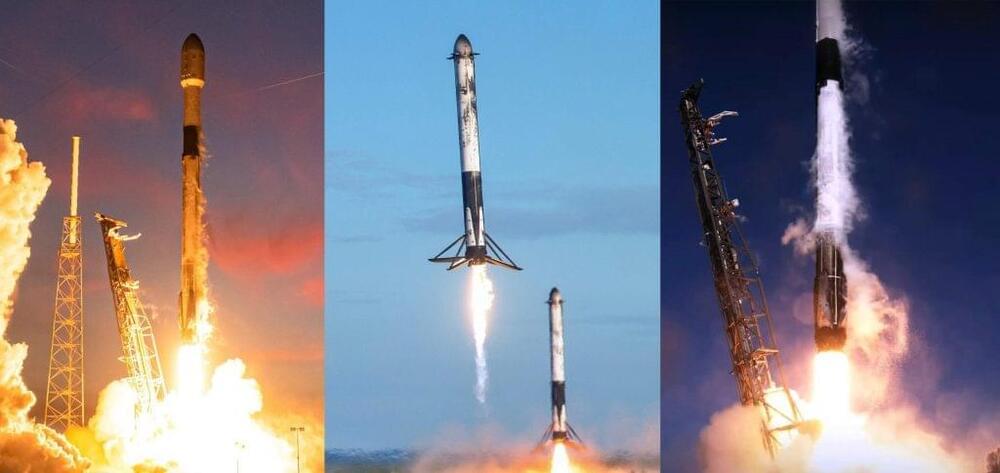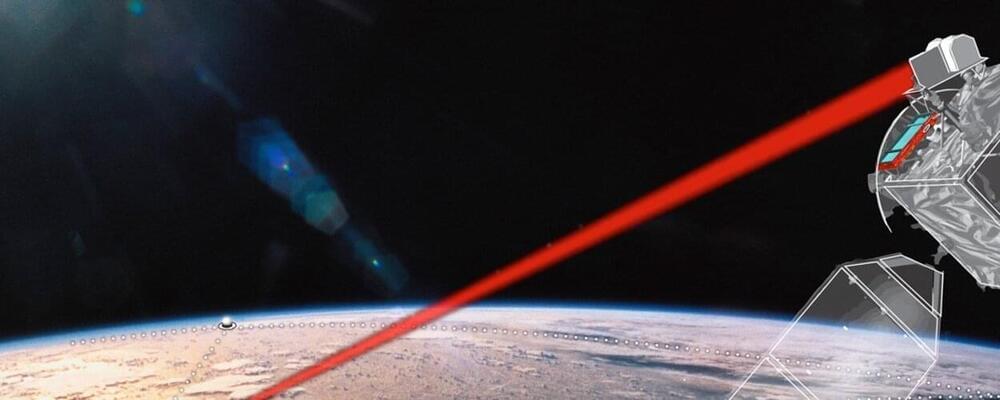ULA remains confident that its Vulcan Centaur rocket will make its first launch this year while Blue Origin is pushing back the first flight of New Glenn.
WASHINGTON — United Launch Alliance remains confident that its Vulcan Centaur rocket will make its first launch this year while Blue Origin is pushing back the first flight of its New Glenn vehicle.
During a panel at the Satellite 2022 conference March 22, Tory Bruno, chief executive of ULA, said that he expected the first launch of the Vulcan “later this year,” but did not offer a more specific schedule.
That schedule is driven by the completion of testing of the BE-4 engine that powers the first stage of Vulcan and delivery of the first flight units from Blue Origin. “The engine is in great shape,” Bruno said. “It is performing better than I anticipated.”

